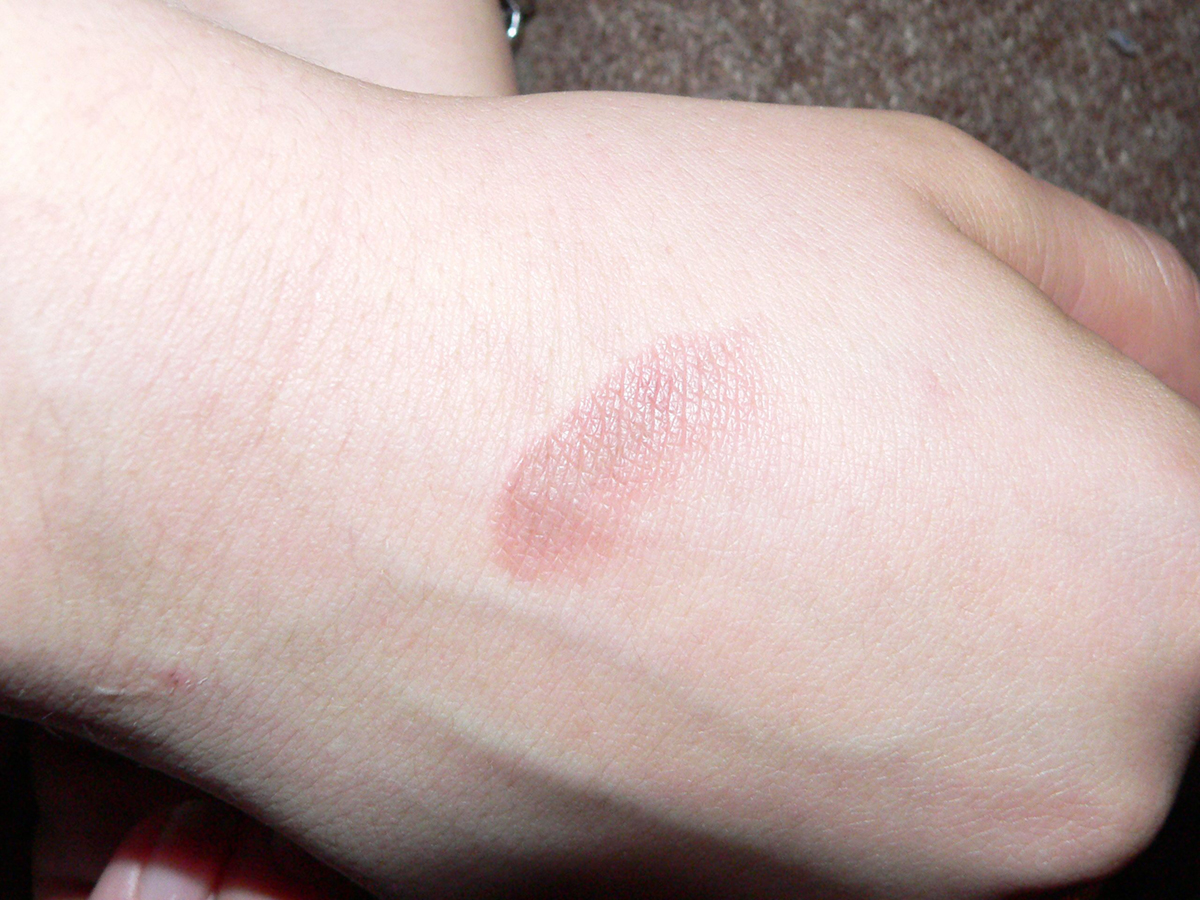
A burn is an injury to the tissues and according to the extent it can be classified as a first-degree, second-degree or third-degree burn. Second-degree burns affect the superficial layer of the skin, called the epidermis, and extend to the deeper layers, called the dermis.
Second-degree burns are common and they can happen to anyone. Children, elderly and people with impaired immune system are more prone to complications due to these burns.
A second-degree burn can be afflicted by flames, hot liquids or chemicals. Even some severe sunburns qualify as second-degree burns.
Burns due to heat are called thermal burns, and those caused by hot liquids or steam are called scalds.
Symptoms
Skin with a second-degree burn immediately becomes bright red and blistered. It may also appear wet, due to fluid loss, which is the body’s response to the burn. Second-degree burns are very painful and, in response to pain, the victim’s heart rate increases.
Large second-degree burns may cause the victim to go into shock. This is dangerous and requires immediate medical attention. The signs of shock are low blood pressure due to massive loss of fluid, weakness, fainting, increased heart rate and fast breathing, nausea, vomiting, blue-tinged lips and nails and pale, moist skin.
Diagnose and treatment
After examining the burn, the doctors will classify it according to the area of the body that is affected. The extent of the burn is expressed in percentages of the total body surface area or BSA. A second-degree burn that covers less than 15% of BSA in adults and less than 10% of BSA in children is considered mild, the one that covers from 15% to 25% of BSA in adults and 10% to 20% in children is moderate, and critical second-degree burns cover more than 25% of BSA in adults and more than 20% in children. Burns to the face, neck, genitals, hands and feet are always considered critical.
Mild and moderate second-degree burns can be treated at home. The first thing to do is to gently remove any clothes or jewelry from the burn and to gently wash it with a clean cloth soaked in cold water. Ice is not recommended because it may damage the tissues. Blisters must be left intact, however, they can be protected with a clean, sterile dressing but it must be loose, so the burn can breathe.
Oils, butter or ointments should never be applied to a second-degree burn. In order to prevent dehydration, a burn victim should drink plenty of water. However, in case of shock, the victim must not be given anything to drink or eat until the medical assistance arrives.
Burns must be monitored for signs of infection, which include increased swelling and redness, green or yellow puss, red strikes extending from the burn and fever.


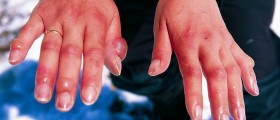
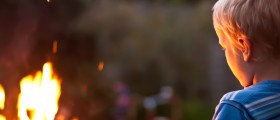
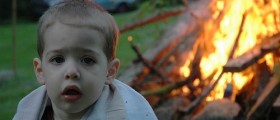
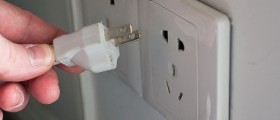
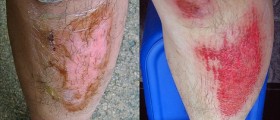
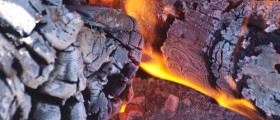
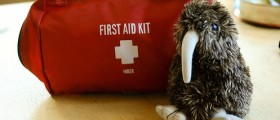
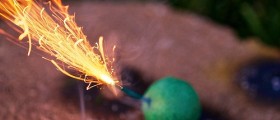
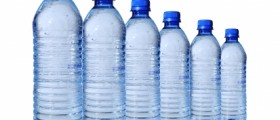
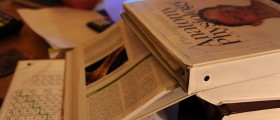
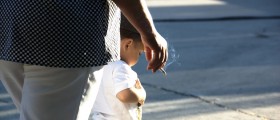
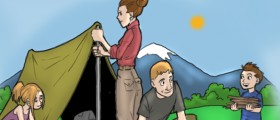
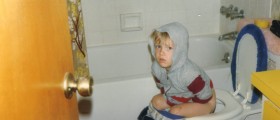
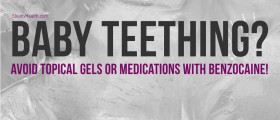

Your thoughts on this
Loading...